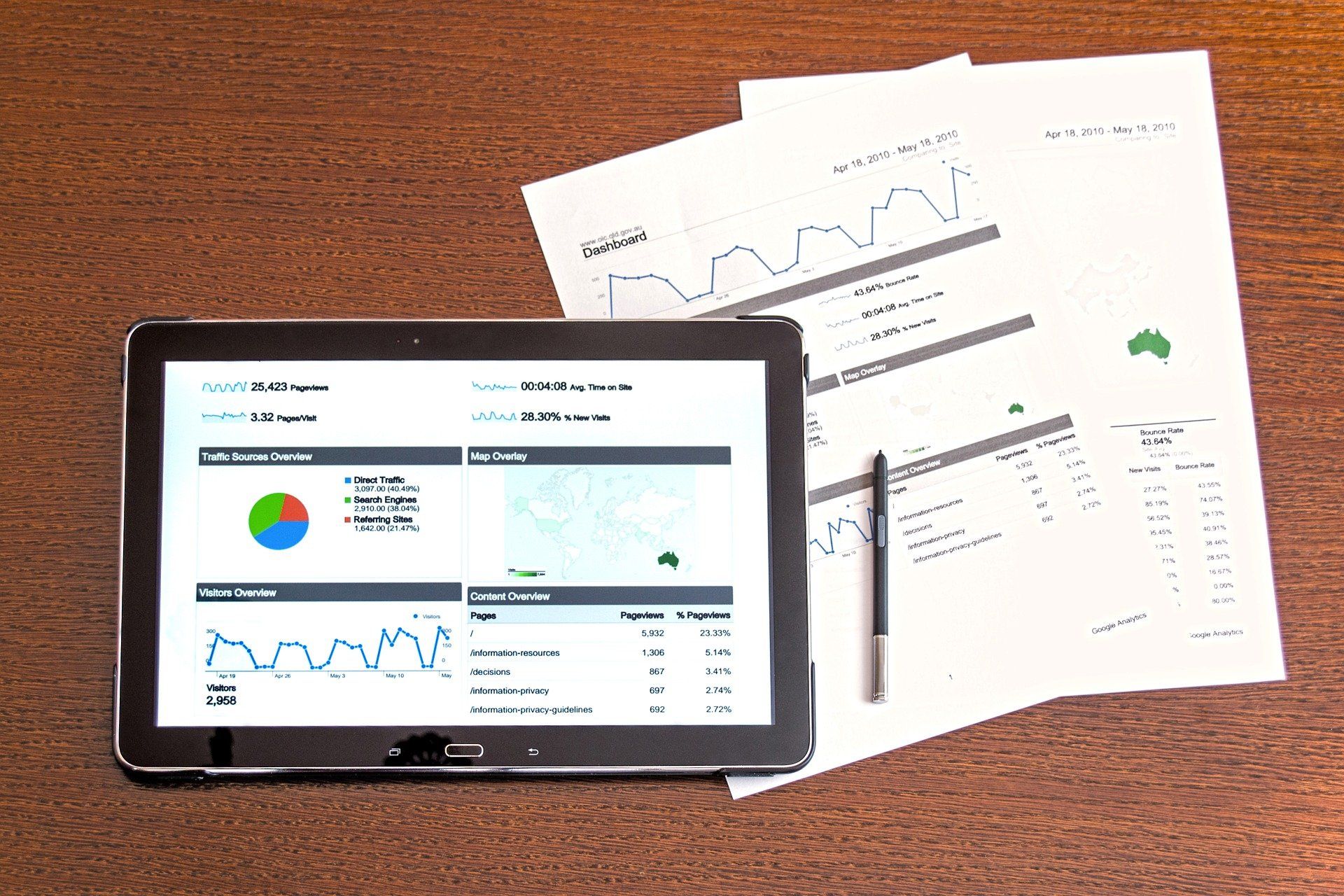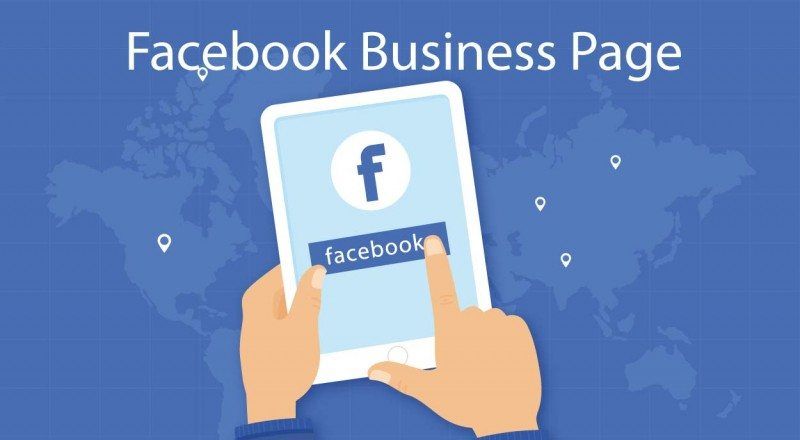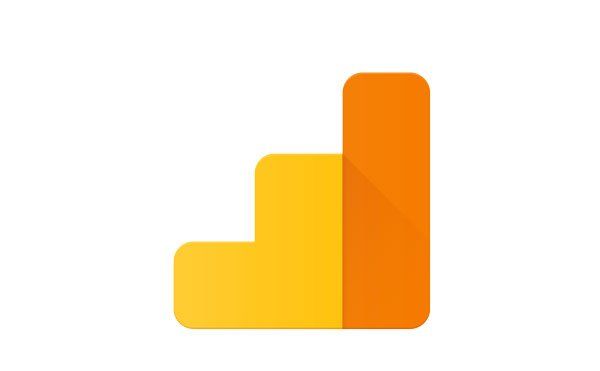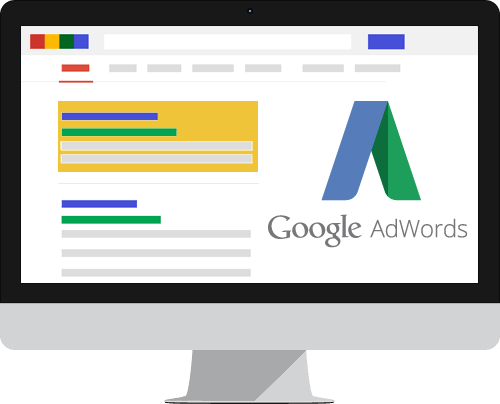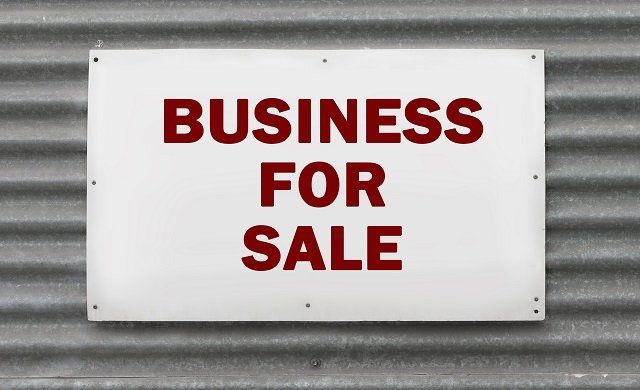Online Marketing: “The Sales Funnel”
How to make it work for your business...
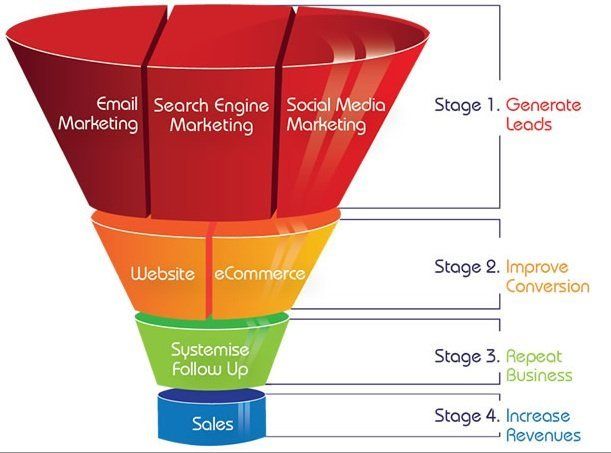
We all agree that a funnel can be a useful tool in the kitchen and garage, right? Without one, how can we direct things in the direction we want them to go?
It turns out that for good online marketing the funnel is a pretty useful tool too. It’s a great way to visually describe the activities which begin with making customers aware of your brand and products/services online (the wider end of the funnel), to leading them to your website (the middle part of the funnel), to finally making a sale at the narrow end. A bit like filling a sauce bottle or a jerry can…
The online marketing “sales funnel” works by attracting potential customers using online activities and enticing them to sign up to your mailing list to receive information or to visit your website. Once you have their contact details you can start building a long-term relationship so when they are ready to purchase they will simply ask you for the sale or you can ask them!
The layout of a sales funnel can vary from business to business, but to explain how they work we’ll use one containing these 4 stages: Generate Leads, Improve Conversion, Repeat Business and Increase Revenues.
STAGE ONE : Generate Leads
This is where you want to get as many people interested in your brand or organisation as possible. The more leads generated at the top of your sales funnel, the more prospects that are available to be led down the funnel for conversion into sales outcomes and loyal customers.
Leads can be generated by:
- EMAIL MARKETING - Creating clever, informative newsletters, updates and offers that are sent to prospects in your contact list. Your contact list can also grow by allowing those who visit your site to sign up for information or by allowing subscribers to share with friends.
- SEARCH ENGINE MARKETING - Ensuring your website and offering can be seen on search engines through Search Engine Optimisation (SEO), blog articles and paid ads.
- SOCIAL MEDIA MARKETING - Regular posts to Facebook, Twitter, Pinterest etc., so you can interact with potential leads in an online social setting and build a relationship.
STAGE TWO: Improve Conversion
Now customers have learned more about your brand and you are in contact with them, we need them to continue through the funnel towards a sale.
- A WELL DESIGNED WEBSITE - This is where content really is king. Through using quality content and imagery, the key is to address the visitor’s problem or need and then demonstrate that you have the solution and the credibility! The visitor should be faced with well-designed calls to action and opportunities to purchase immediately upon entering the site. And the steps the visitor must take to select an item and purchase it (the “conversion route”) should be obvious, easy and able to be executed in 3 clicks or less! If they think your content is useful they may also sign up to your newsletters or mailing lists to receive even more information, increasing your chances of them calling on your products or services in the future.
- E-COMMERCE -
Having a well designed online environment where prospects can shop and purchase your products or services is crucial. Allowing potential customers to not only order and pay but fully engage with your web store will increase your chances of sales and repeat custom. This can be done using online estimates, wish lists, the ability to share products with friends and offering free consultations or useful information to persuade visitors to subscribe to your website’s mailing list and make purchases at a later stage.
STAGE THREE: Repeat business
To use the sales funnel to full effect you need to be looking towards the end goal of creating long-term relationships with prospects that fit well with the solutions you are providing. We all know that most businesses simply don’t have the time to personally nurture every potential customer, so a documented system for lead follow-ups will make you more efficient. Then creating relationships with potential leads can be done even while you sleep…
Some ways to do this are:
- AUTORESPONDERS - These allow emails and newsletters to be sent automatically to those who sign up to your database or fill in one of your contact forms on your website.
- CREATING A LEAD DATABASE - Creating a data base with the demographics of the lead, contact info and perhaps how they came to you is a great tool for being able to group your potential leads for future segmented marketing campaigns.
- LEAD SCORING -
You can also score your leads in terms of their quality or whether they are ready to buy. This is a good way to weed out those that aren’t worth pursuing or help in working out what sort of follow up they require. You can set up your own scoring system for use with your database or some companies will provide you with programs that score leads for you.
STAGE FOUR: Increase Revenues
By this stage you will be creating a good volume of potential leads in the top of your funnel, converting a good percentage of those to website visits or subscribers and forming some productive long-term relationships. Now it is time to make the sale and increase your revenues by moving them to the final stage in your funnel.
There are endless sales models, but some suggestions on how to approach sales are:
- Use clear calls to action, telling the prospect what you want them to do
- Make sure you thoroughly understand the prospect’s problem or need
- Make sure you have presented your product properly, focusing on benefits, not features
- Ask for the sale!
- If necessary, offer bonuses or extra value for immediate sales or repeat sales
- Be persistent but not ‘pushy’.
So you’re now well on your way to using an efficient online marketing sales funnel to increase revenues – just don’t forget – Marketelements is always happy to help! Click hereto talk to us…





